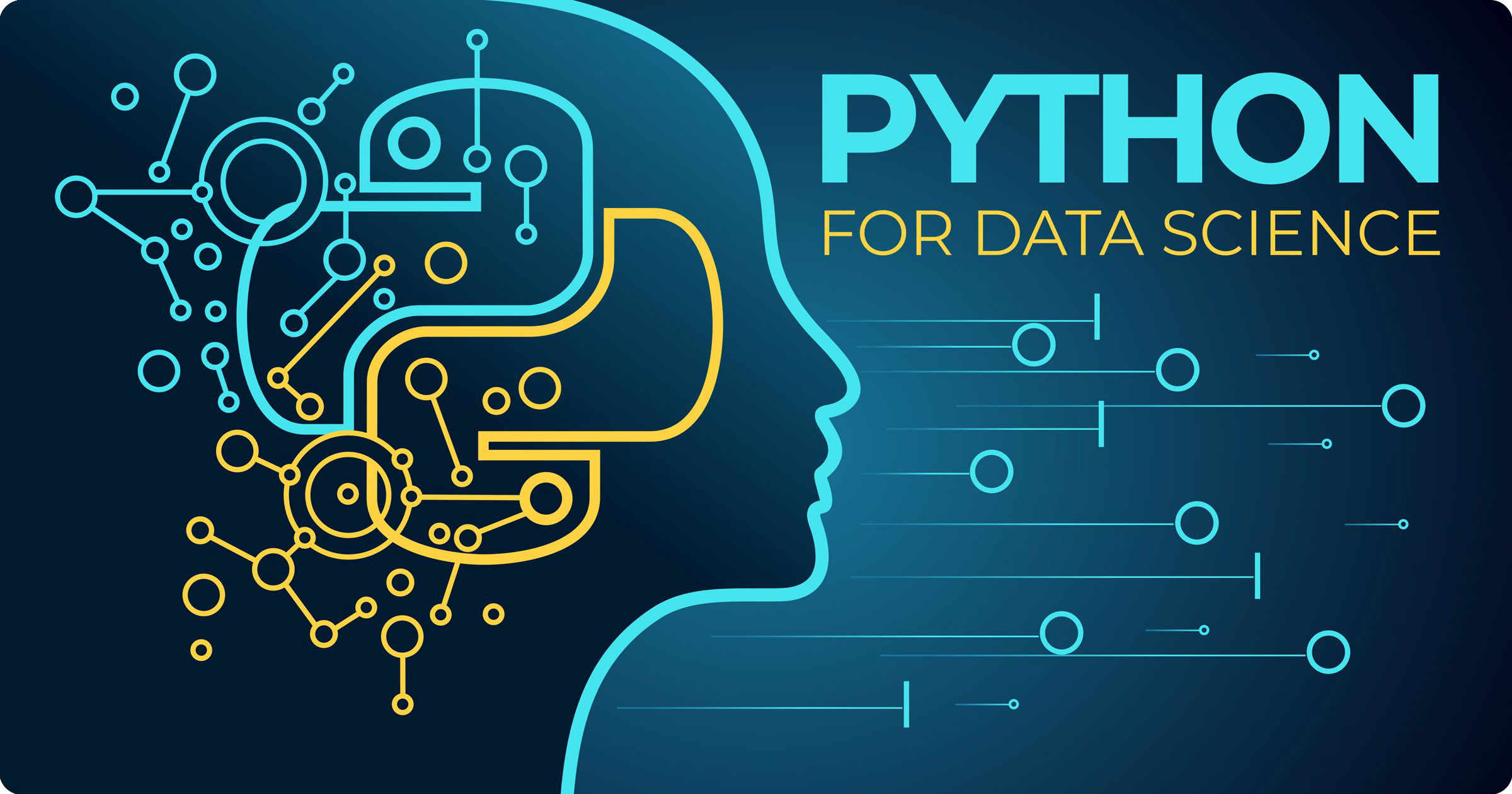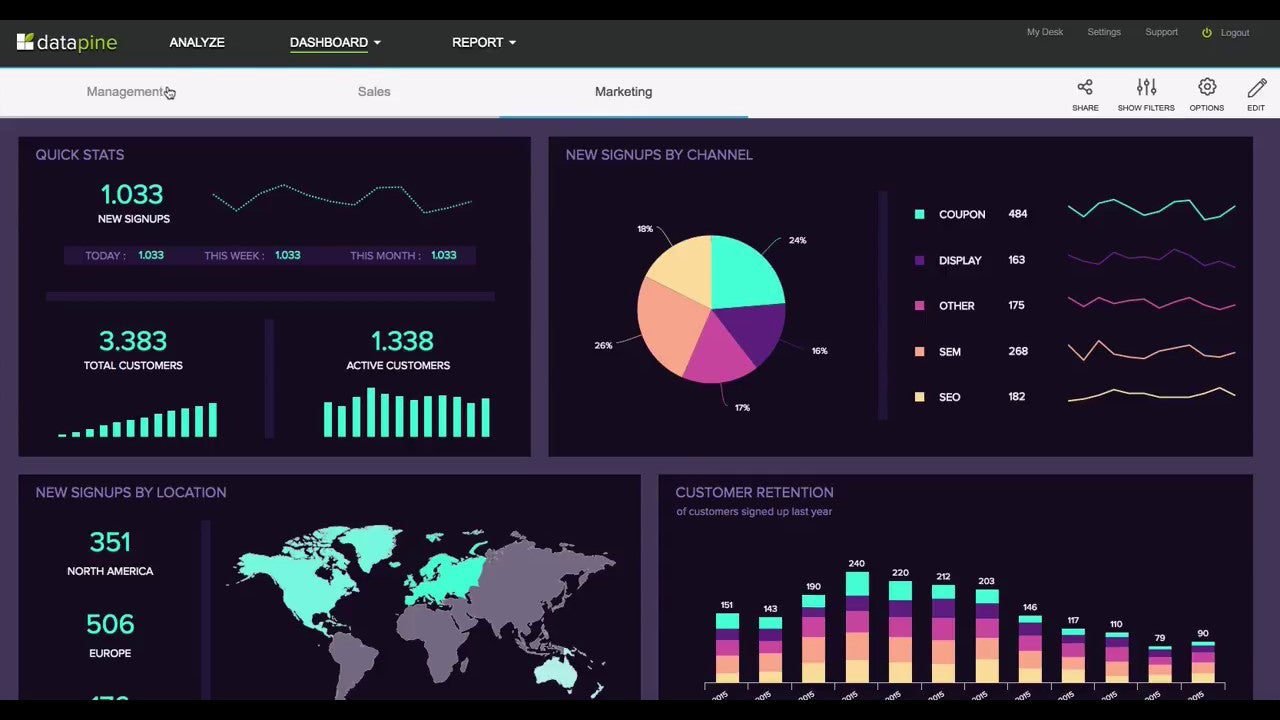SAS, R or Python, from where do would it be advisable to begin? This is the most widely recognised inquiry that each competitor confronts while entering the universe of Data Analytics. As the examination field keeps on developing, new devices and advancements have begun rising in the market, making the business experts ace them for better profession alternatives.
Today, extraordinary systematic devices are accessible in the market, yet the significant rivalry is seen between R, Python, and SAS. As in all situations where there are decisions and competition, a near noteworthy investigation is made between these three stages to locate the best fit.
Let us initially comprehend what R, Python, and SAS are?
R – It is the most widely used language of statistics. It is a language that depends on a progression of following subroutines. Due to its cost-effective approach, R is the profoundly favoured programming language among numerous information researchers. R is the best alternative accessible for information and plot visualisation that are important with regards to data analysis. It gains by its open source nature by making available the most recent methods quick.
Python – It is a multi-purpose programming language. It has increased monstrous prominence as a result of its information mining libraries and capacities that can be generally used to play out any statistical operations. Python is another open source scripting language that has developed to envelop.
SAS – Statistical Analysis System (SAS) is a superior programming suite introduced to investigate substantial datasets in a well-organised format that looks good. Today, numerous worldwide organisations and million dollar organisations generally incline toward this product. It offers the clients a decent GUI, a variety of measurable capacities, alongside an undeniable specialised help. Nonetheless, it is a much costly alternative accessible in the market when compared with R and Python. Also, it is not an open source.
To know which tool suits best according to your necessities, let us examine a portion of the critical traits for the devices.
- While discussing the cost of utilisation, SAS is a costly business programming accessible in the market. While R and Python are the open source devices that can be accessed for no cost. This is the thing that makes R and Python broadly mainstream among numerous new companies and settled organisations working in the field of data analysis.
- As the Internet use has developed twofold with time, more information is produced each day making it hard to store and manage it adequately. However, SAS accompanies a decent easy to understand GUI; it misses the mark regarding the capacities required for taking care of and dealing with the data. The bundles like Plyr, DPlyr, and so on and expansions like NumPy, Panda, and so forth. It gives Python a smoother approach for information stockpiling and control. While, R works just on RAM, which makes it hard to run even a little undertaking.
- SAS is a costly programming, for the most part, utilised crosswise over enormous MNCs which constrains the career opportunities to a particular level. While R and Python are profoundly favourite crosswise over new businesses, entrenched organisations, and MNCs, which exhibits an incredible breadth of better career openings at overall industry levels. In this manner, conveying R and Python confirmation qualifications on your resume will unquestionably copy the likelihood of getting procured.
Conclusion
- In case you are a fresher and great at science and mathematics, at that point R is the best alternative, to begin with. Be that as it may, on the off chance that you are great at programming and coding, at that point Python is the best choice to begin.
- In case you are an expert with a few years industry encounter, at that point upgradation is connected on either R Python coordination or SAS Python coordination.



 To understand investment banking better, you can choose any of the multiple investment banking courses in India available online. These investment banking courses will help you understand the technicalities of investment banking better.
To understand investment banking better, you can choose any of the multiple investment banking courses in India available online. These investment banking courses will help you understand the technicalities of investment banking better.
 Fundamentally, the
Fundamentally, the  The best online MBA courses teach all required skills to provide superior marketing strategies and execute them for companies. Let us look at the different aspects that Marketing Management is concerned with other than creating superior marketing strategies.
The best online MBA courses teach all required skills to provide superior marketing strategies and execute them for companies. Let us look at the different aspects that Marketing Management is concerned with other than creating superior marketing strategies.
 In order to pursue an
In order to pursue an 
 The
The  Data scientists and analysts help companies massively cut down operational costs by resources much more effectively. Decades back, even though “Big Data” did not exist, business analytics did. However, it was not a cost-effective process and demanded a lot of time.
Data scientists and analysts help companies massively cut down operational costs by resources much more effectively. Decades back, even though “Big Data” did not exist, business analytics did. However, it was not a cost-effective process and demanded a lot of time.



 If you wonder
If you wonder